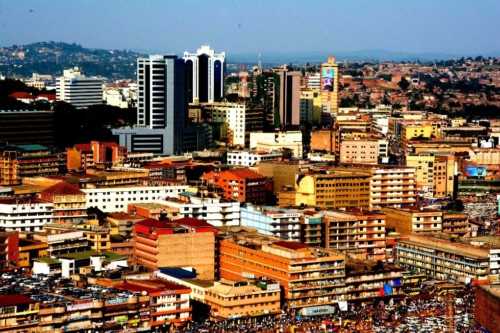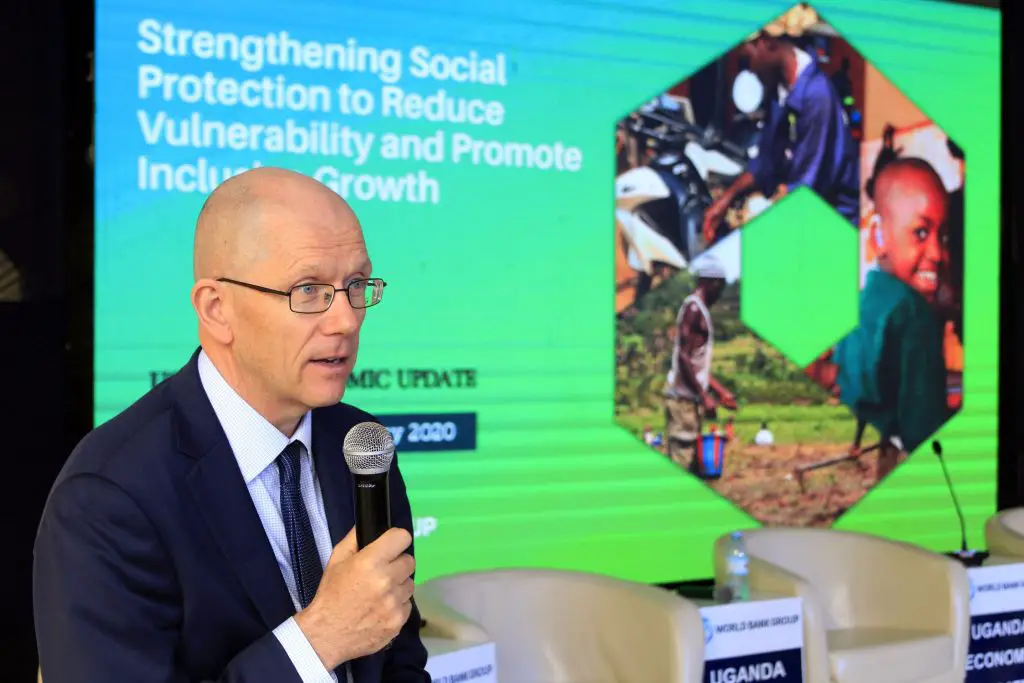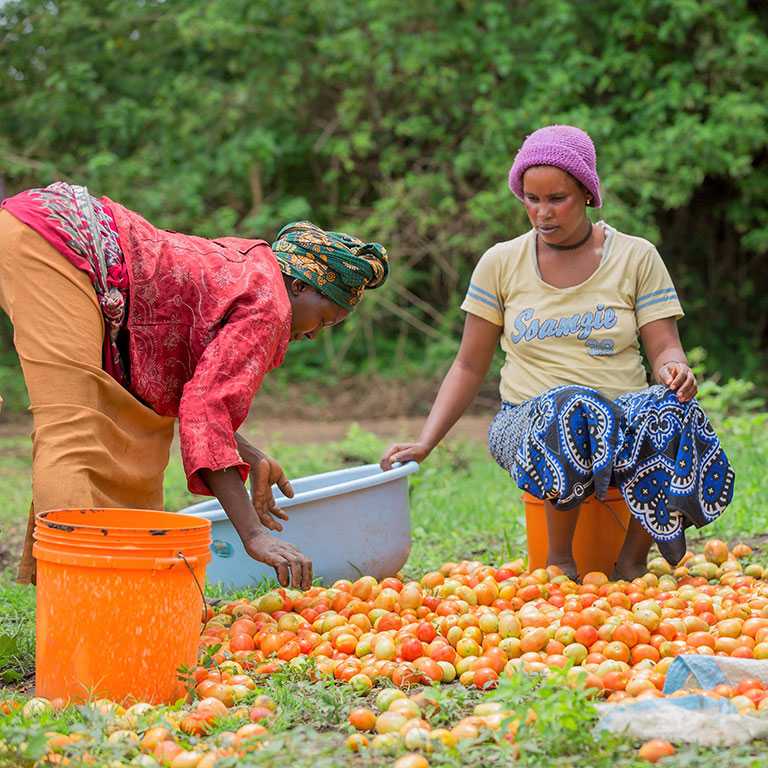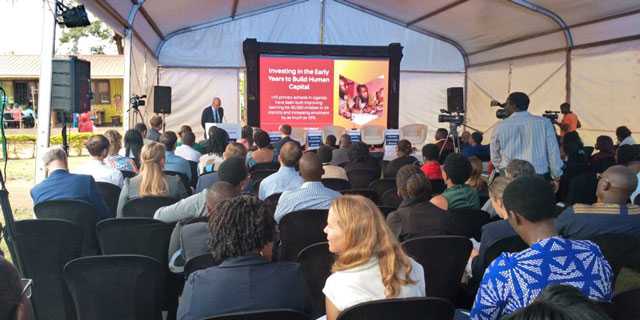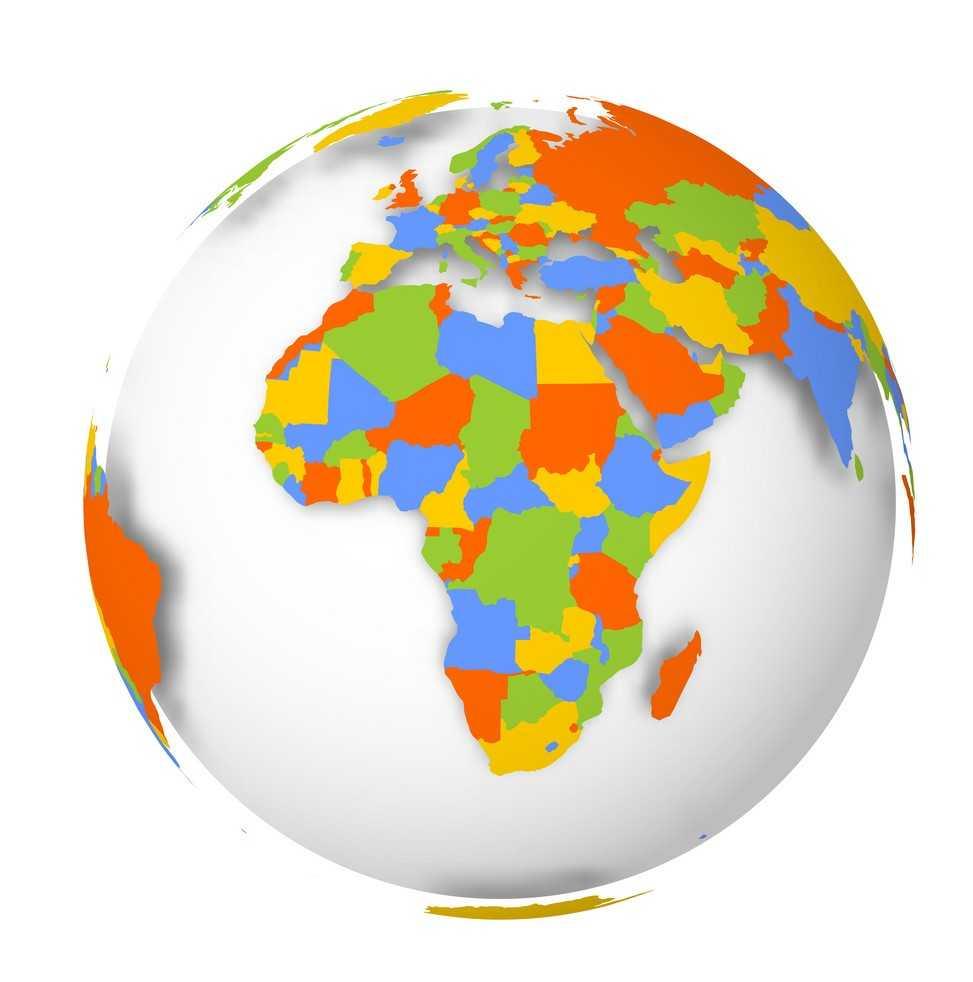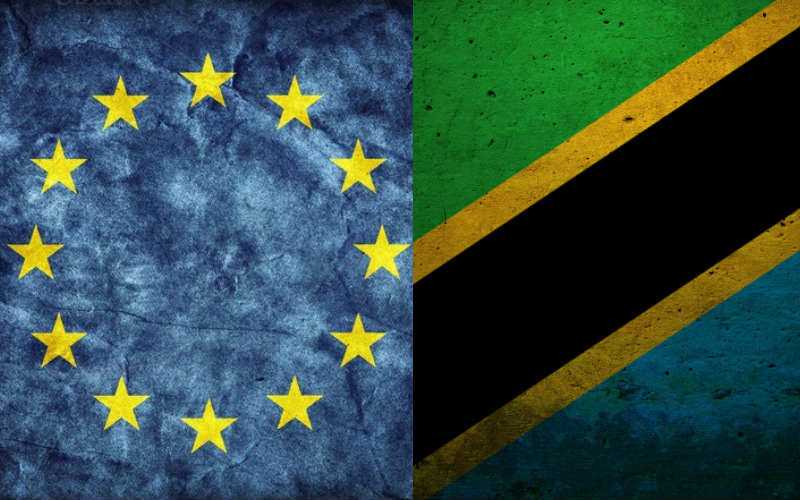- How transition finance can catalyse Africa’s green industrial revolution
- Stanbic PMI Report: Mixed performance as Kenya’s agriculture, construction offset manufacturing decline
- Uganda’s land management gets a tech makeover to boost transparency
- Nigeria’s output dips fastest in 19 months on a sharp rise in costs
- Apple faces growing backlash over Congo exploitation
- Why East Africa is staring at higher wheat prices in 2025
- Nairobi Gate SEZ pumps $7 million into Kenya’s agro-processing industry
- What impact will the US election have on Africa?
Browsing: World Bank
World Bank’s (WB) research on development economics which is focused on identifying successful development polices, has captured various significant insights in the world of development economics, and payment of health and education providers was in it, thus—there are crucial things to rethink to enhance the delivery of quality services.
According to the bank’s research, service providers—schoolteachers and health workers, in particular, are influenced by the payment incentives which dictate high-quality services. But how much they are paid also matters.
Taking the youngest continent in the globe into the context, Africa, of which its average real ages increased by 20 per cent between 2006 and 2017, supported by labour productivity gains, stand to benefit from revised payment schedules, as described by the bank.
Three ways service providers are paid
Fee-for-service is the first schedule of payment, that health workers and schoolteachers tend to get paid on, according to the specific services …
A three-day regional conference on debt management in sub-Saharan African convened in Uganda this week is expected to conclude into signing a paper to be presented at several forums.
The forums will include the next World Bank spring meeting to highlight governments’ discomfort with some conditions tied to loans.
Uganda’s Ministry of Finance acting director for debt and cash policy management, Maris Wanyera, said the conference will be attended by delegates from 16 countries, under the theme “sustainable public debt management and a strengthened economic growth”
She also said that in light of the ongoing borrowing frenzy by African countries to finance their development agenda, the conference is long overdue.
“The idea is to come up with a strategy; a voice we can use while negotiating some of these loans. Debt [borrowing] is not bad at all, as long as we borrow for the right purposes and negotiate well, but …
Uganda received 4,758 metric tons of rice for distribution to refugees and socially vulnerable people including those in communities hosting refugees.
Japan’s Ambassador to Uganda, H.E Kazuaki Kameda handed over the donation.
The donation was also topped up with the contribution of $640,000 in cash to meet associated costs like transportation, handling and storage.
‘Japan grants aid for the foods assistance program’ made possible for the food donation. A grant of about Ush 12 billion was given to the Ugandan government in 2017.
While addressing the media at the World Food Program warehouse in Nalukolongo, Ambassador Kameda said, “I’m happy to note that using this grant assistance, 4,758 metric tons of rice have been procured for the improvement of nutrition of at least 350,000 refugees and 150,000 host community members.”
The World Food Programme (WFP) and the office of the Prime minister will distribute the donated rice to the refugee …
The World Bank said Uganda’s 7 per cent projected growth rate under the National Development Plan (NDP) III, given the current economic fundamentals is too ambitious.
National Development Plan (NDP) III, is a government-working document for at least the next five years. It will start this year in the 2020/21 financial year.
Speaking during a media briefing in Kampala about the country’s economic outlook, the World Bank senior economist, Mr Richard Walker, said the government’s capital spending continues to fall, dropping to about 8 per cent in the last two financial years.
Also Read: Uganda need to Expand Social Protection Programs World bank
Which he said has constrained Uganda’s fiscal policy which is characterised by low tax revenue to GDP ratio.
“Capital spending continues to fall short of expectations, diminishing the expected return from public investments. 5.3 per cent capital spending versing budget allocation of 6.4 per cent. This inability …
Uganda’s GDP grew faster than initially predicted in the 2018-2019 fiscal year, but the growth is still not fast enough for the government’s lower-middle-income status and poverty reduction ambitions.
The World Bank said that data estimates released in 2019 by the Uganda Bureau of Statistics show that real GDP increased at an annual rate of 6.5% in 2018-2019, higher than its previous estimate of 6.2%.
According to the bank, the expansion maintains the rebound in economic activity recorded over the last two years. It was “driven by strong levels of domestic consumption and sustained levels of public and private investment.”
In its 14th Uganda Economic Update report, the World Bank said that the Net foreign direct investment inflows rose to 5.1 per cent of GDP in 2018-19 from 3 per cent the previous year.
Also Read: One stop border to boost Uganda, South Sudan trade
“The construction sector continues to …
Tanzania’s Social Action Fund (TASAF), a poverty-reduction base will get a $562 million loan to support its second phase.
According to information from The Citizen, over $800 will be spent during the five years of implementing the phase, officially launched earlier today by Tanzania’s President John Magufuli.
Also, the information revealed that the rest of the amount will be sourced from various other development partners including the Opec Fund for International Development set to issue $50 million.
However, TASAF director-general Ladislaus Mwamanga, highlighted that the programme goals are set to empower poor households with funds, known as ‘Productive Social Safety Net’ with which they can conduct their income-generating activities.
The safety net which was initiated in 2000, had over 1.1 households in Tanzania with over 5.2 people enrolled in the programme.
During the launch, it was revealed that TASAF spent over $692 million in poverty alleviation programmes national wide.
Also, …
Uganda’s economy grew by 6.5 per cent in the fiscal year 18/19, maintaining the rebound in economic activity over the last two years, according to the latest edition of the Uganda Economic Update released by the World Bank.
The 14th Uganda Economic Update report, “Strengthening Social Protection Investments to Reduce Vulnerability and Promote Inclusive Growth” shows that the country’s economy was boosted by strong consumer spending and sustained levels of public and private investment.
The World Bank advised that in order to control shocks and support more inclusive growth, Uganda’s government should expand social protection programs to areas with the highest levels of vulnerability and risk.
“Recent favourable weather and stronger agricultural growth has contributed to the recovery of household incomes and lowered the estimated poverty levels down to those observed in the 2012-2013 fiscal year. However, environmental shocks and climatic risks can quickly reverse this trend.” said the report.…
Chief executives of firms operating in Africa are concerned about weaker than expected growth in revenues in 2020, largely due to policy uncertainty, over-regulation, exchange rate volatility and instability in the global financial markets.
According to A global survey of chief executives released by consultancy firm PricewaterhouseCoopers, over 50 per cent of top company executives in Africa see uncertain global economic growth and policy uncertainty as key threats to their continental operations, followed by social instability, geopolitical uncertainty and exchange rate volatility.
The global annual survey seeks to understand the environment in which companies operate globally. Other issues facing Africa’s CEOs are inadequate basic infrastructure, protectionism, cyber threats and tax uncertainty. (Diazepam)
According to the report, 3 per cent of African CEOs say to expect the global growth to remain the same while 53 per cent say it will decline this year and 20 per cent say global …
Barclays Bank Kenya has successfully changed its name to Absa Bank Kenya marking an end to centuries of the domination of the banking sector by British banks. This follows the acquisition of Barclays Plc operations in Africa in 2017 by Absa Bank of South Africa in restructuring by the London-based lender.
These are some of the changes experienced in several countries across Africa as the Absa brand cements its presence in the continent, a market that was firmly held by Barclays brand for almost a century. Similar changes have happened in Ghana, Botswana, Seychelles and Tanzania.
With these changes, the bank is knocking doors in one of the biggest global lenders, the Multi Investment Guarantee Agency (MIGA) with an aim of creating a broader investment base for individual banks in several African countries.
Different Central Banks in the region require commercial banks to have a minimal investment base to enable …
The European Union (EU) is set to provide over $57 million as development aid to Tanzania, marking a return of EU in the Tanzanian development landscape after the partner’s relations were married two years ago over human rights and rule of law concerns.
According to The Citizen, the EU Head of Delegation to Tanzania Manfredo Fanti revealed the release of the funds yesterday at State House, in Dar es Salaam, during a meeting with the Tanzanian President John Magufuli.
It was the first major funding announcement by the EU bloc which in December 2018 withheld 96 million in annual financial support to Tanzania amid a diplomatic fallout.
The EU is Tanzania’s biggest development partner, receiving over $100 million every year.
Also, the EU Deputy Head of Delegation, Emilio Rossetti revealed to The Citizen that the planned disbursements were assessed and finally approved in December 2019 after technical discussions.
“The implementation …








